Growth, Strength and Vibrancy of Ikuntji Artists
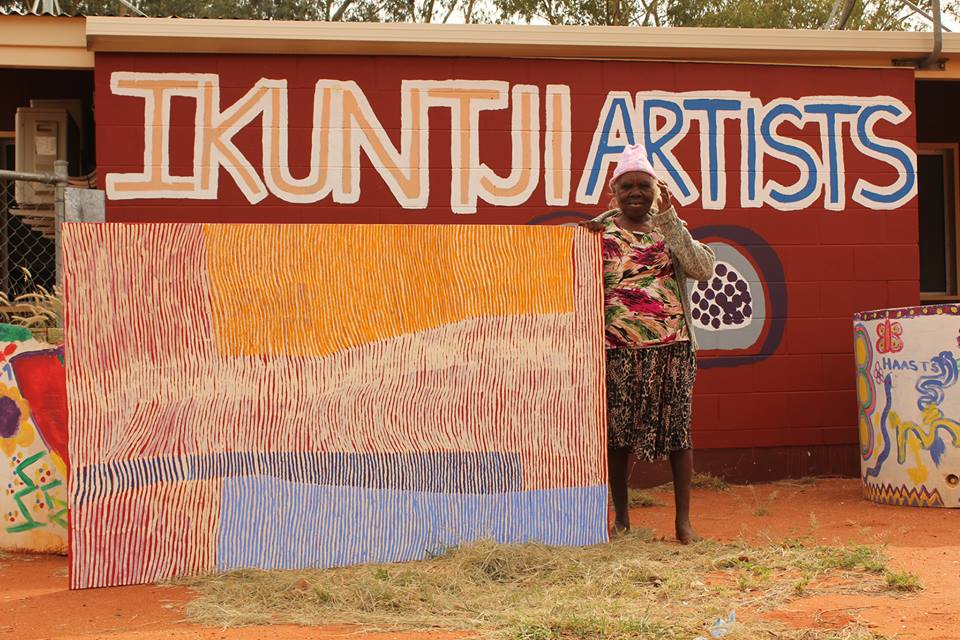
Dr Chrischona Schmidt is Art Centre manager for Ikuntji Artists. She has completed a PhD focusing on the history of the Utopia art movement. Prior to taking up this role Chrischona worked for the Australian Institute of Aboriginal and Torres Strait Islander Studies, the National Museum of Australia, Strehlow Research Centre and auction houses and galleries across Australia and overseas. In this interview she discusses Ikuntiji Artists, her role as Art Centre manager and the latest exhibition from Ikuntji Artists.
Can you describe Ikuntji Artists?
Ikuntji Artists is an art centre at the base of Haasts Bluff mountain range near Alice Springs in the Northern Territory. We are located right in the middle of the West MacDonnell Ranges. Most people expect the desert to be very flat so the hilly country around here is often a surprise. At the back of the Art Centre, the mountains are about 1400 metres high. We look out over them all the time.
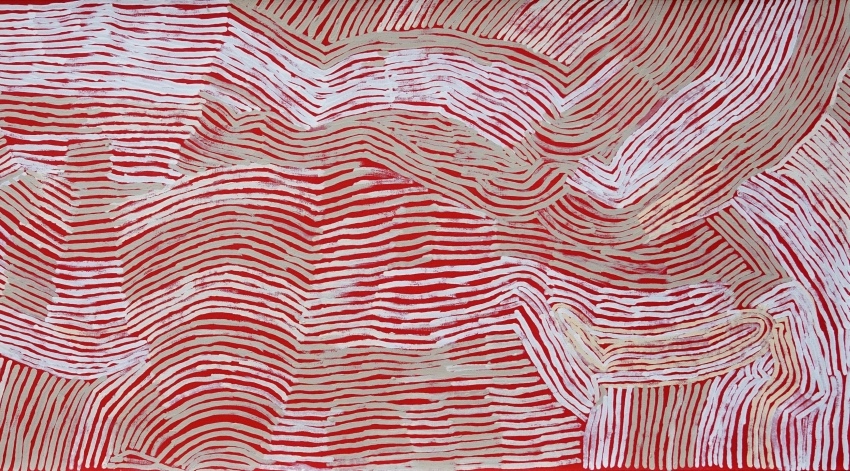
The Arts Centre building is one the oldest buildings in the community. It's was used as a Women's Centre and then an Art Centre since the early 1980s. Some of the artists who are active are children and grandchildren of the first Papunya Tula artists who started the contemporary Aboriginal Arts movement in the 1970s. There's a real legacy of the generational transfer of knowledge. There is particularly an emphasis on women working for the first time in the Western Desert.
How did you find your way to taking the job of art manager at Ikuntji Arts?
I did my doctorate at ANU about an area where there's no art centre. After I finished that I thought I wanted to work in an area where there is an art centre and get the other side of the story. That's how I got to work with one of the oldest art centres in the Western Desert. They started making art in the 1980s at Haasts Bluff.
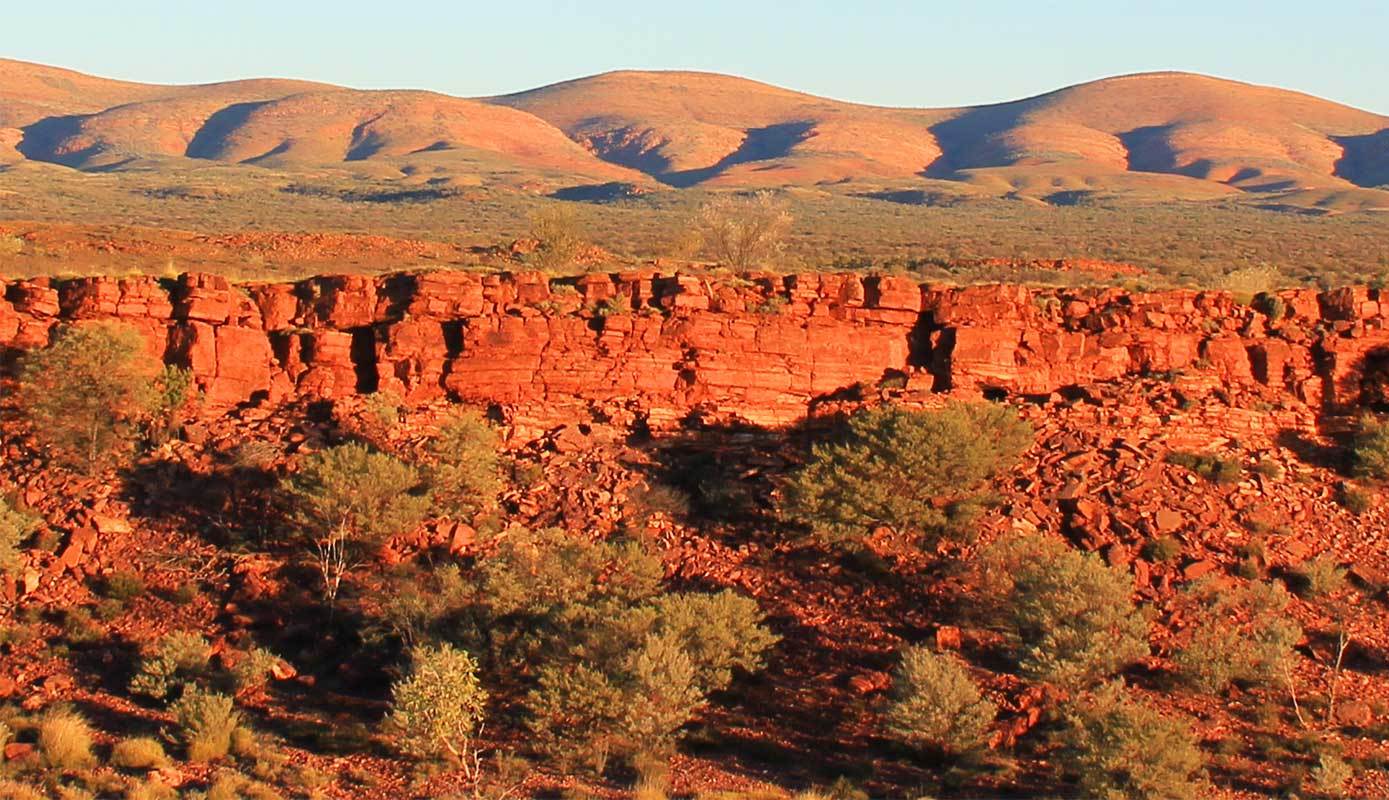
Do you think the history of Ikuntji Artists has the bearing on the artwork of the current generation of artists?
Definitely. Most of the artists are third, fourth, fifth generation artists. They see the importance of what they've learned from their fathers, mothers, grandfathers and grandmothers. It is very important to them.
What are the challenges for an art centre like yours?
I guess we're a relatively small art centre. The demand for our artwork is great so there's a challenge in keeping the supply up with the demand.
What skill do you bring that is particularly unique to this art centre?
I have a background in working in galleries and public institutions in the arts and as an academic. Most art centre managers have a fine art background. I guess that's where I'm different. I'm also very business minded. I think that helps the artists to understand their business better and the business of selling art overall.
How easy is it for older artists to pass on knowledge to younger artists?
This is something that is constantly happening. We work to create the environment so that everybody can work together. How skills are transferred totally depends on the artist. Some prefer to paint at home and they will share their stories with the family at home. Others enjoy coming into the studio and having their grandchildren around them. Other artists will pass on the knowledge of an artwork towards the end of it when they sing the entire song. It varies from artist to artist how they prefer to do it and we support what works best for them.
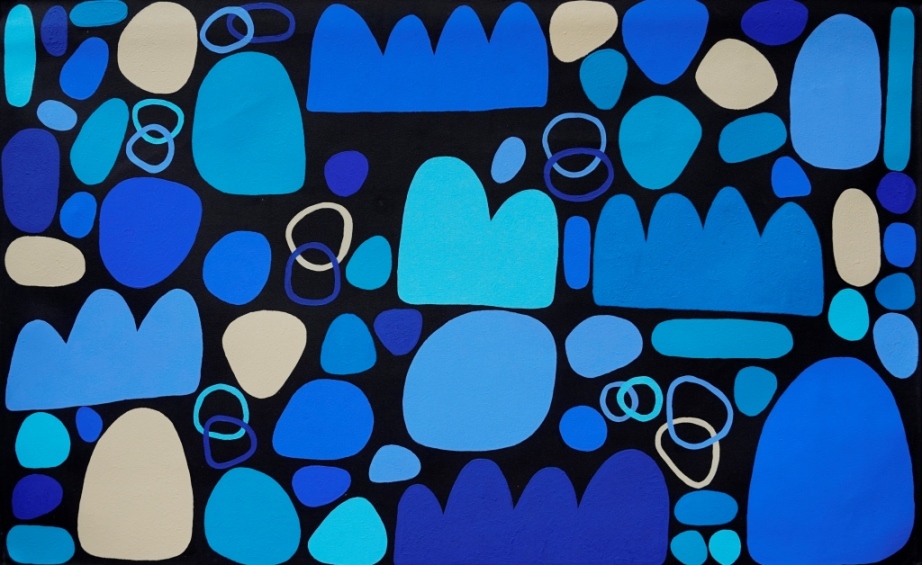
What do you enjoy most about your role at the art centre?
I like thinking about the arts centre in the terms of a vision of how to build it, and also how the history enriches the future.
What qualities do you think are most important for art centre managers?
A good sense of humour, patience, and not to take oneself too seriously.
Is there any particular achievement you are most proud of?
This year we won an Australian Small Business Champion Award. That shows that it's been an incredible time of growth as a business. It is also recognition of the history and what these artists have achieved over thirty years.
What is it about the role that you enjoy?
I love seeing people getting recognised for what they've achieved in their artistic career. I like offering work opportunities to people who have so far not been able to get any work or who feel unrecognised for their skills and knowledge. I like to offer an inclusive workplace for artists.
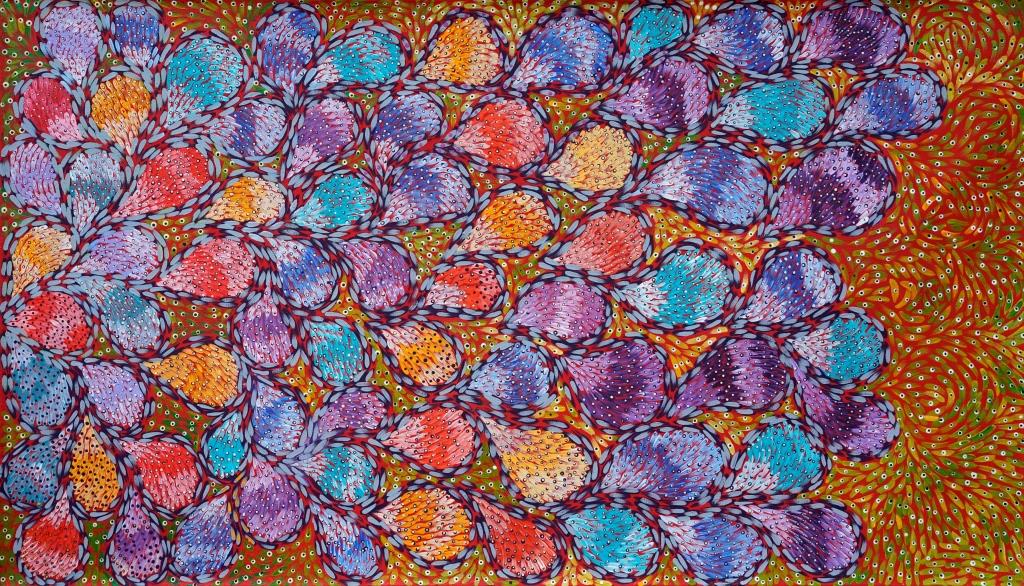
What do you want people to know about this arts community?
Despite Haasts Bluff being a really little community and often very unknown to the larger world, it is for Aboriginal people one of the most important places in the entire Western Desert. It represents to them their own family connections across the desert. Their histories are interconnected through their first contact with each other, but also with another world. To me that's what Haasts Bluff is about, a nexus, a meeting place.
What is important about this exhibition?
I think this exhibition highlights the development of our emerging artists. There are some beautiful works by Daphne Marks, Keturah Nangala Zimran, Virgillia Multa, Roseranna Larry and Serianne Butcher. There's a continuation of vibrancy in colour and gestural approaches to painting which has always been the keynote for Ikuntji Artists. This exhibition is a statement of that ongoing strength.
